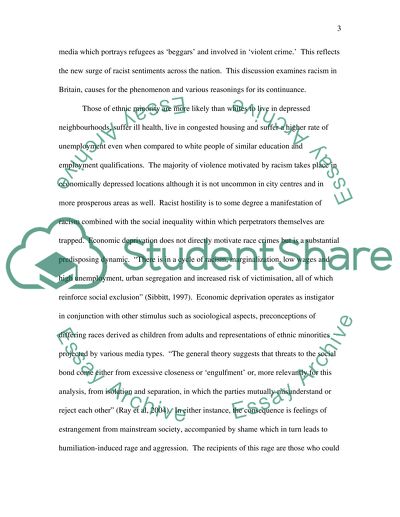Cite this document
(“Discrimination Essay Example | Topics and Well Written Essays - 2000 words”, n.d.)
Retrieved from https://studentshare.org/miscellaneous/1537096-discrimination
Retrieved from https://studentshare.org/miscellaneous/1537096-discrimination
(Discrimination Essay Example | Topics and Well Written Essays - 2000 Words)
https://studentshare.org/miscellaneous/1537096-discrimination.
https://studentshare.org/miscellaneous/1537096-discrimination.
“Discrimination Essay Example | Topics and Well Written Essays - 2000 Words”, n.d. https://studentshare.org/miscellaneous/1537096-discrimination.


